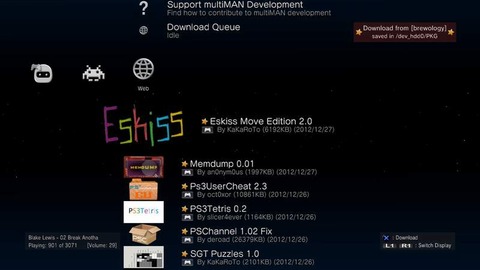

We had a project, DPR’s ZNE SF office, where we are a subtenant, that pursued the Demand Response credit. In our experience, the key to achieving the new requirements and options for commissioning is an early focus on detailing project goals and building aspects, which should be clearly laid out in the Owner’s Project Requirements. Monitoring based commissioning requires the implementation of a Monitoring Based Commissioning plan, which is similar to an Measurement and Verficiation plan with the addition of on-site testing requirements Envelope commissioning requires testing to cover air leakage, water penetration and structural performance, which must be done on exterior wall assembly, windows, skylight and doors, among other structural fixtures.

To earn points under the Enhanced Commissioning credit, project teams have several options including monitoring-based commissioning and envelope commissioning. An Operations and Maintenance Plan is now also required. To achieve the prerequisite, envelope performance requirements must be incorporated into the OPR (Owners Project Requirements) and BOD (Basis of Design). LEED v4 requires a number of additional commissioning tasks to meet the Fundamental and Enhanced Commissioning prerequisite and credit. It contains the LEED 2009 Sustainable Sites (SS) credits that are more focused on the location of a project than on its actual site aspects, allowing the newly focused SS category’s goals to be completely centered around improving the performance of the project site itself. LT aims to clearly differentiate between project location aspects and building site performance aspects. IP rewards project teams for organizing early and bringing together all of the stakeholders in the pre-design phase to optimize sustainable solutions. There are two brand new categories: Integrative Design Process (IP) and Location and Transportation (LT). This is seen again in the Energy and Atmosphere (EA) prerequisite that requires that Minimum Energy Performance be achieved via energy efficiency alone, no longer allowing projects to rely on renewables to make up for poor energy efficiency. For example, to earn points in the new Location and Transportation (LT) Bicycle Facilities credit, a project must be located within a bike network rather than just provide bike racks and showers, regardless of the ability of occupants to realistically use them.

Throughout the credit categories, there’s a clear shift toward emphasis on quality and performance in addition to prescriptive requirements. It also represents a renewed focus in LEED’s role as an agent for industry transformation. LEED v4 is bolder and more specialized than its predecessor for building projects worldwide. We’ve done deep dives into its changes to commissioning and the new Building Disclosure and Optimization credits, while providing a brief overview of the updated water, energy, sustainable sites and location and transportation credits. So far, we’ve provided a general overview of LEED v4 and have begun to dig into LEED BD+C: New Construction. If you still feel uncomfortable with v4, now’s the time to change that.
#Installpkg ps3 v4.82 registration#
31, 2016, meaning that the revolutionary LEED v4 standard has officially replaced LEED 2009 as the only version available for registration for all new projects. The deadline to register projects using LEED 2009 was Oct. The two shared their expertise in the latest version of LEED, along with insights into how the changes signal a big shift in the industry. Rather, it’s an opportunity to improve and thrive, as the standard is meant to continually push the industry forward to create a truly sustainable built environment.Īnyone can master the new changes, and we’re here to share our experience with LEED v4 to prepare you for success.Īt our event at DPR Construction in San Francisco, which is currently pursuing LEED Platinum certification, USGBC Northern California Executive Director Brenden McEneaney introduced LEED gurus Jacob Arlein and Katie Bachman from stok. Recently, we hosted a LEED v4 seminar with USGBC Northern California titled “ LEED v4: A Survival Guide.” Although LEED v4 may appear daunting, we believe that it isn’t something to fear and merely survive.


 0 kommentar(er)
0 kommentar(er)
